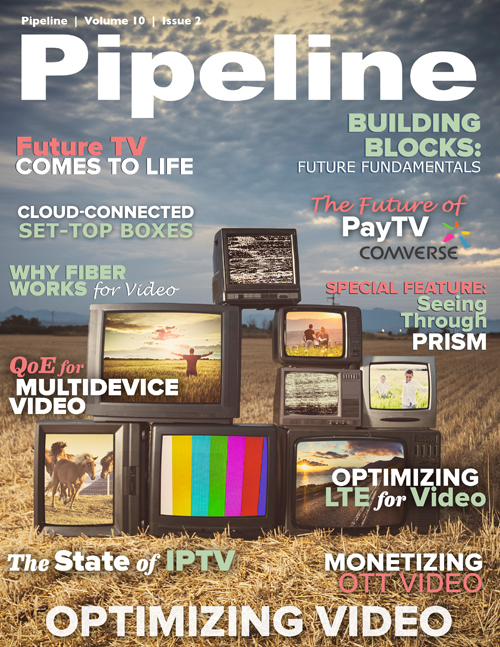The Future of PayTV: succeed with monetization innovation and a superior customer experience
But rather than thinking of OTT providers as competitors, pay-TV operators are starting to think about ways in which they can work together. For instance, when asked whether or not OTT services posed a threat to cable, Manuel Kohnstamm, president of Cable Europe, said he was confident the cable industry would benefit as consumers move toward more web-based viewing. “We’ve lived through decades of equilibrium between pay- and ad-driven TV models, and we’ll find a new equilibrium again,” he remarked at Cable Congress 2013 in London earlier this year, adding that when Belgian operator Telenet introduced Yelo, its “anytime, anywhere” streaming service, in December 2010, “we got declarations of love from our customers. This is what we need to do—make our customers so happy that they prefer to keep our service.”
Elsewhere, there is speculation that partnerships between pay-TV, content and OTT providers could offer the advantage of sharing some of the costs of access rather than putting that burden on the customer.Another way that pay-TV operators are looking to stay competitive is by breaking up the bundle and allowing customers to choose the channels they want a la carte. Pay-TV subscribers have long complained about paying increasingly high bills for hundreds of channels they don’t watch. Breaking up the bundle to give customers the option of choosing only the channels they want to pay for should help operators in their efforts to retain subscribers. And keeping subscribers happy by maintaining a positive customer experience across all services (video, voice, data), regardless of what device is used, becomes critical as communications service providers attempt to differentiate themselves in this changing environment.
Managing the customer experience
Customers expect a lot from their pay-TV service providers these days. They want to be able to access their service on any device, whether at home or on the go, while receiving superior quality of service (QoS). They also want to conveniently manage their account through any channel, and they want their provider to recognize them as individuals so that their needs can be anticipated and their experience can be personalized in real time.
A key benefit for cable, satellite and IPTV operators is that they already have customer management systems in place, which presents them with the opportunity to capture and understand customer needs, then react to those needs in a way that positively affects the customer experience.
OTT providers, on the other hand, have limited visibility into the full spectrum of the customer experience since they’re making their services available over the broadband pipe of another service provider. This could pose a problem for OTT providers if a customer were to fault them for service quality issues.
Operators recognize the need to impart excellent customer service, but back-office systems often prohibit this objective from being fulfilled. Traditionally, operators have managed a complex, disparate set of silos, including customer relationship management (CRM), billing, inventory, provisioning and fulfillment, service management systems, network management systems, and the different generations of network architecture, each holding different types of data in different formats and with different business goals. To live up to the expectations of customers, operators must include a customer management system in its fully converged back-office structure.
A unified, holistic approach across all services and interactions allows for end-to-end insight and personalized communication. Today’s customers expect offerings that are relevant to their likes and preferences, such as video recommendations and personalized, real-time promotions and notifications. Operators need to embrace this individualized approach in order to differentiate themselves and keep the customers they already have.
Another point to consider surrounding customer experience is the public’s growing appetite for bandwidth-hungry online video. As broadband traffic continues to increase, operators are implementing tools to monitor and track network capacity and performance. And although network monitoring remains important to the customer experience, focusing only on network metrics such as QoS isn’t enough.



















